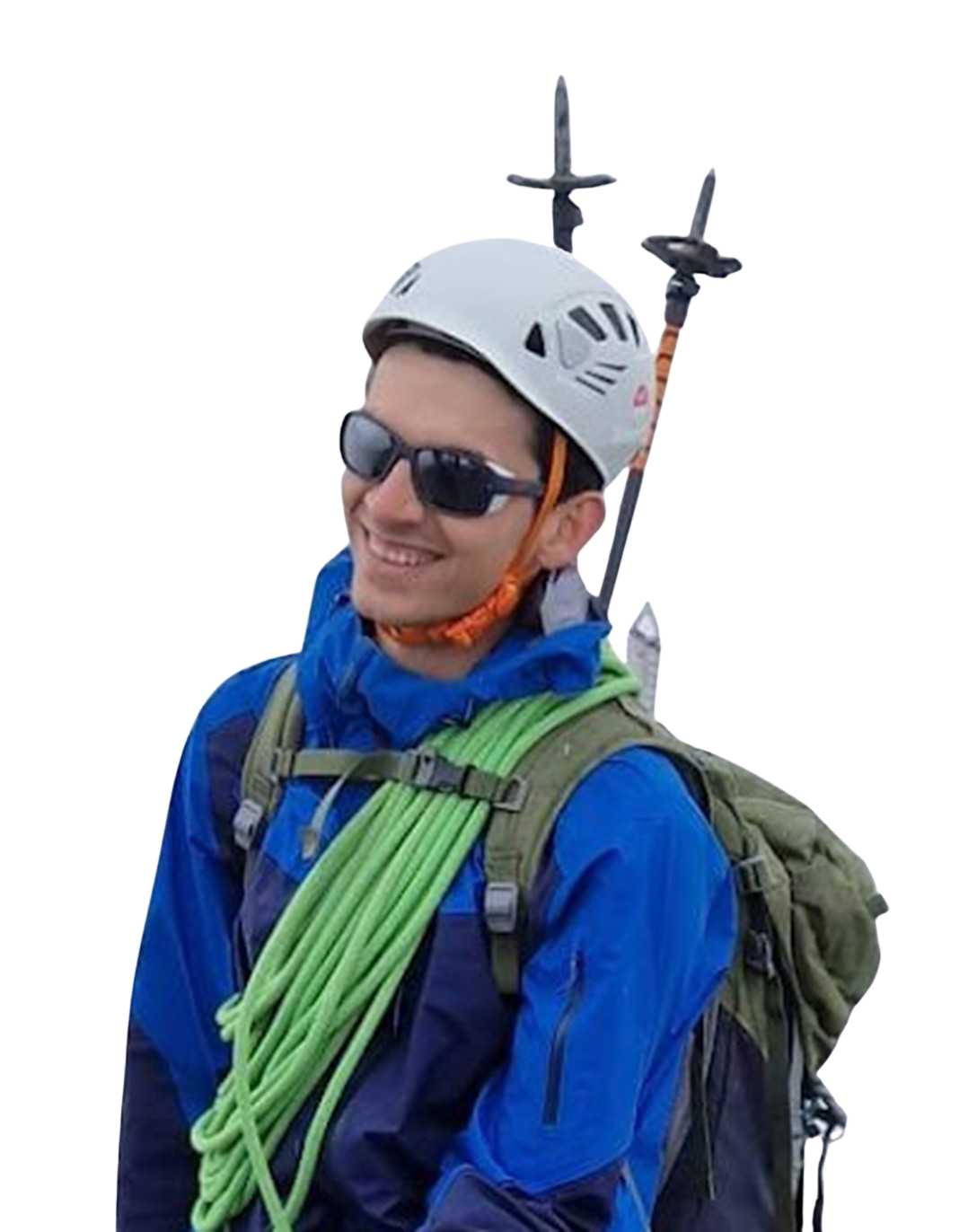Marco Biroli
LPTMS, Université Paris-Saclay
3rd Year PhD Student in statistical physics
marco(dot)biroli(at)gmail(dot)com

I’m a third year PhD student in statistical physics under the supervision of Pr. Majumdar at the Laboratoire de Physique Théorique et Modèles Statistiques in Orsay, France.
Previously I’ve completed my masters degree in theoretical physics
at Ecole Normale Supérieure in Paris and my Bachelor’s degree with a
double major in Mathematics and Physics at Ecole Polytechnique in Palaiseau.
My current research interests are mainly focused on:
Feel free to browse the rest of the website to discover more about my work and don't hesitate to reach out to me if you have any questions/queries. I am trilingual in English, French and Italian so contact me in your language of choice.
During my doctorate I've been mainly studying non-equilibrium statistical physics, extreme value statistics, strongly correlated systems and random matrix theory, leading to several publications. I have also taught a class in experimental physics and created/organized a seminar series for the lab.
Summa Cum Laude. GPA: 17.96/20.
GPA: 15.5/20 in Phyiscs and 19.5/20 in Mathematics and Computer Science.
Summa Cum Laude. GPA: 4.17/4.0
Competitive 3 Year Doctoral Scholarship.
Competitive 3 year excellence scholarship.
Competitive 2 year excellence scholarship.
This paper studies a diffusive particle on a line undergoing stochastic resetting by rescaling its position by a constant factor a, which can be positive or negative. We derive the stationary position distribution, which is symmetric with a Gaussian peak but decays exponentially at larger distances. We also analyze the mean first-passage time (MFPT) to a target from the origin, finding that the MFPT exhibits a minimum at a specific rescaling factor. The results indicate that while positive rescaling is not beneficial for searching, negative rescaling enhances the efficiency of target search in one dimension, demonstrating the advantages of resetting combined with reflection.
This study examines a one-dimensional gas of noninteracting diffusing particles in a harmonic trap, where the stiffness alternates between two values. Despite the lack of direct interactions, strong correlations arise among the particles due to the dynamics over time. We derive the joint distribution of the particles' positions in the stationary state, and derive a variety of obserables. The extreme value statistics have a particularly interesting non-trivial shape defined on a bounded support and universally describing the entirety of the gas.
The paper introduces a class of solvable strongly correlated systems where a set of independent random variables become correlated through a random parameter. Despite strong correlations, the system retains a solvable structure for various observables, such as extreme value statistics for example. The method is demonstrated several examples: particles performing Brownian motion, ballistic motion, and Lévy flights, all correlated through simultaneous resetting. The results are supported by simulations, offering a framework to generate many solvable strongly correlated systems.
2023 - M. Biroli, S. N. Majumdar and G. Schehr, Physical Review E 107 (6), 064141.
The study investigates N independent Brownian walkers starting at x0 > 0, searching for an absorbing target at the origin, with either simultaneous stochastic resetting or independent stochastic resetting. The mean time to reach the target is minimized at an optimal resetting rate, but only when N is below a critical value, Nc. For N > Nc, resetting hinders the search process. The critical Nc values are calculated as approximately 7.33 for independent resetting and 6.36 for simultaneous resetting.
2023 - M. Biroli, H. Larralde, S. N. Majumdar and G. Schehr, Physical Review Letters 130 (20), 207101.
This study examines a one-dimensional gas of N Brownian particles that diffuse independently but are reset to the origin at a constant rate. Despite strong correlations caused by simultaneous resetting, the system reaches a nonequilibrium stationary state, allowing exact computation of observables like average density, particle position distribution, and spacing between particles. Numerical simulations confirm the analytical results, and potential experimental implementation using optical traps is discussed.
2022 - M. Biroli, F. Mori and S. N. Majumdar, Journal of Physics A: Mathematical and Theoretical 55 (24), 244001
We investigate the number of distinct sites V(n) visited by an n-step resetting random walker on a d-dimensional hypercubic lattice with resetting probability p. In the case p = 0, we recover the well-known result that the average number of distinct sites grows for large n as ⟨V(n)⟩ ∼ n^d/2 for d< 2 and as ⟨V(n)⟩ ∼ n for d > 2. For p > 0, we show that ⟨V(n)⟩ grows extremely slowly as ⟨V(n)⟩ ~ log(n)^d.
2022 - F.E. E. Orche, R. Géraud-Stewart, P. B. Rønne, G. Bana, D. Naccache, P. Y.A. Ryan, M. Biroli, M. Dervishi, H. Waltsburger, IJCEV
The Open Vote Network (OV-Net) is a secure multi-party protocol that allows for decentralized, anonymous voting by summing votes without revealing individual values. However, it is vulnerable to denial-of-service attacks: if any voter from the first round fails to participate in the second round, the whole protocol has to be restarted. This paper proposes an extension to OV-Net that tolerates unresponsive participants by running parallel sub-elections, balancing privacy, computational costs, and accuracy.
Assistant Professor.
Animator of a stand on Probabilites.
Contributed Poster.
Contributed Talk.
Contributed Poster.
Contributed Poster.
Contributed Poster.
Contributed Poster.
Review for J-Phys A and Chaos.
Was elected to be the student representative at the Assemblée Générale (AG) of the lab.
Assessed around ~50 candidate files for admission.
Created the seminar series, invited speakers, organized the logistics.
The best way to reach me is by email: marco (dot) biroli (at) gmail (dot) com